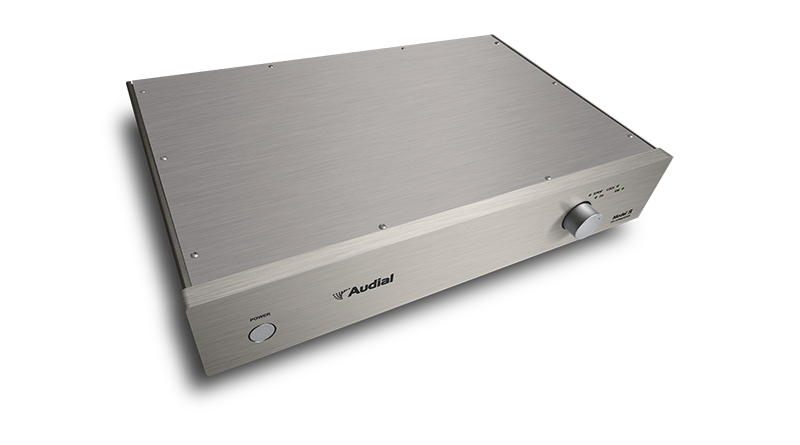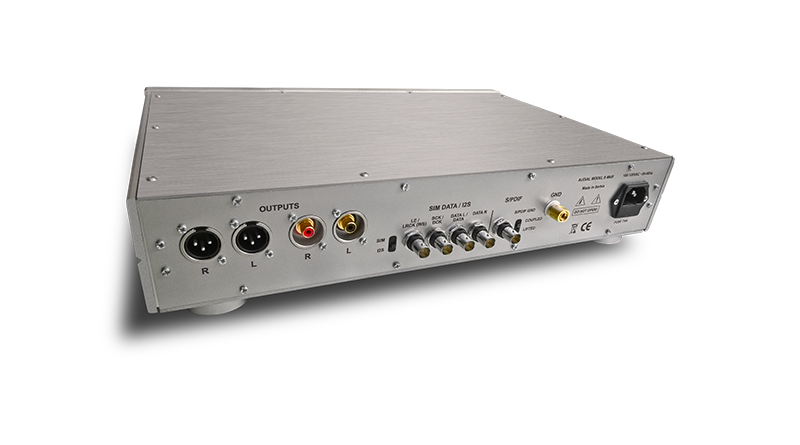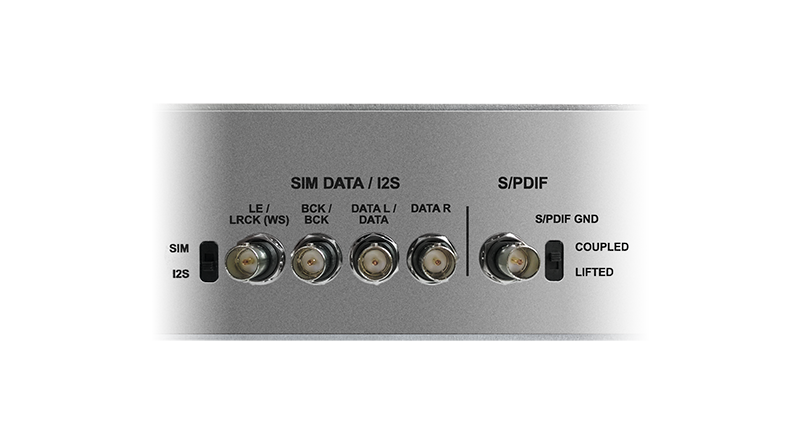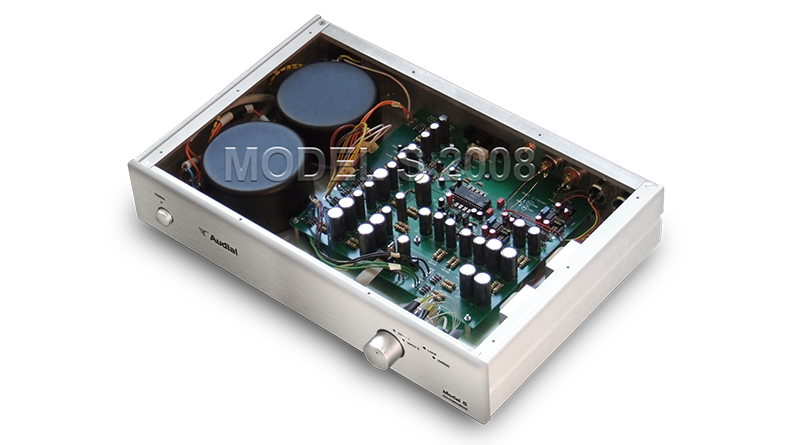Model S:
Making a serious listening easy
Model S is state of the art D/A converter, and a leading-edge design with a venerable TDA1541A D/A chip.
Originally released in 2008, to supersede and improve upon The Model, it remains the highest level real multibit (ladder, a.k.a. “R-2R”) D/A conversion performer, and reference in natural music reproduction achieved by the digital audio source.
And Model S MkIII, available since July 2015, makes another step ahead. Besides the S/PDIF input, MkIII also has a direct PCM input, which can accept either I2S, for use with an increasing number of digital sources supporting I2S as an external interface, or Philips simultaneous data protocol, for ultimate TDA1541A jitter performance – a TDA1541A property discovered during the Model S USB development.
At its output side, Model S MkIII has two pairs of outputs, any of which can be either single end (RCA) or balanced (XLR).
• S/PDIF and PCM direct (I2S or simultaneous data mode) input
• Advanced DEM clocking scheme for TDA1541A converter chip
• Audial unique hybrid output stage without feedback yet with top level linearity
• Transformers, capacitors, or directly coupled output
• Isolating mains transformer with split secondary output (balanced AC power)
• Nine independent supply lines, each with three stage passive common mode filtering and zero feedback low noise regulators
• The highest quality parts
• Engraved solid aluminum chassis
• Each sample of the Model S is shipped with its own lab report
Inputs
The Model S has true 75 Ohm BNC S/PDIF input. This input is a transformer coupled, with an advanced termination scheme for the proposed 75 Ohm impedance over the required bandwidth. The ground of the S/PDIF line can be capacitively coupled or left completely floating with respect to the DAC, by the switch at the back plate. With S/PDIF ground left floating, a differential input network effectively forms symmetrical input, bringing the highest possible common-mode rejection of an unbalanced line.
The other, PCM direct input, passes the signal directly to the Model S MkIII D/A section. This input can accept either I2S or Philips simultaneous data mode protocol, and uses the set of four BNC connectors (I2S requires only three of them), each carrying a particular clock or data signal, as proposed by the given protocol. Typically, this input is terminated to 75 Ohm, but on request it can be terminated to 50 Ohm, or left non-terminated. This input is DC coupled, and works with both 3.3 V and 5 V sources.
D/A chip classic
Just as its predecessor, the Model S employs a Philips TDA1541A D/A converter chip, introduced more than two decades ago, but still with ultimate performance among multibit D/A chips.
In addition to that, the Model S employs an improved clocking scheme for the TDA1541A internal Dynamic Element Matching circuit.
Non-oversampling
The Model S doesn’t use an oversampling, and it especially doesn’t use an “upsampling” (sample rate conversion) of any kind. The things with such a signal processing indeed have improved over the years, however it is still not possible to equal naturalness, ability to convey musical content, and ability to make a long term listening enjoyable, of well implemented non-oversampling device.
No-feedback
The output circuits of the Model S run in healthy class A and don’t employ global feedback. A current to voltage conversion is performed by the hybrid circuit which uses both integrated circuit and discrete parts.
So, no opamps here, but also no discrete transistors just to claim “discrete output stage”, essentially using the same old opamp topology. Frankly, as long as one settles on the opamp architecture, a monolithic opamp is not a bad choice at all, simply because there are excellent monolithic opamps nowadays.
High signal slopes, such as those coming out of the D/A chips, however push the opamps to work beyond the limits of proper feedback operation. That is why important sonic improvements can be achieved once the feedback is abandoned in favor of an adequate no feedback circuit; natural scale and dynamics, and exceptional transparency and soundstage are the first descriptions that come to mind.
Abandoning feedback, of course, additional effort was needed to achieve static performance specifications required by the modern criteria. With 0.002% THD, the Model S sets a new standard in this regard. Please note that this figure includes multibit DAC, zero feedback output stage, and transformer at the signal path.
Of course, the active parts used must be able to follow and not limit such high signal slopes – if and when necessary, the signal slope must be slowed down only by the passive, and not by the active parts. The Model S hence uses high bandwidth active parts, and the current to voltage converter is a common base circuit, which brings the highest possible bandwidth in itself. The output buffer, with bandwidth well above 100 MHz and a slew rate higher than 1000V/us also do not set the limits of its own.
The output buffer is capable of driving any line load one can think about, and its internal output impedance is 3 Ohm.
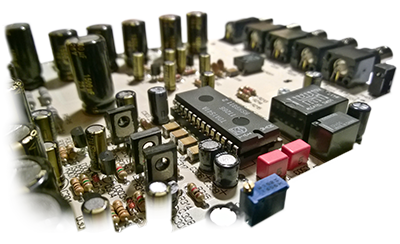
Power supply
The Model S employs probably the most serious power supply on the audio market. First, inside the Model S chassis there is isolating mains transformer that feeds the main power transformer by two half-voltage secondaries (“balanced AC power”). Both isolating and main mains transformers employ an internal electrostatic shield between the primary and secondary windings.
The Model S is supplied from nine secondary windings. (And there is also a tenth winding that feeds the input switching relay.) This way each stage of the unit has its own supply so, among the other things, the Model S output stage operates as a “dual mono” device. Each supply section includes a rectifier made of Schottky diodes (for their lack of recovery overshoot and superior sonics) followed by a three-stage common-mode RC filter, and dedicated regulator. All the regulators are fully discrete, low noise, wideband circuits, that do not employ feedback. As a result, the power supply lines are quiet with practically eliminated crosstalk between particular sections.
Such a supply scheme made it possible to design a layout without compromises, where not only supply sections are kept separated, but different signal paths are kept separated too, and they are also separated from supply paths. In addition to that, all the signals and their return paths are made short, making loops physically as small as possible. No star ground approach is applied, since it can’t address requirements set by high speed circuits. The PCB is double sided, with ground fill on the top side used mostly for shielding and not for routing.
High quality parts
The Model S uses high quality parts like Schottky diodes, Rubycon, Panasonic and Elna electrolytic capacitors, Panasonic PPS (polyphenylene sulfide) capacitors for TDA1541A active divider decoupling, and polystyrene capacitors for HF filtering, Allen Bradley resistors, Toshiba low noise audio grade transistors, Jensen signal transformers, Neutrik connectors, etc. Everything is housed within solid aluminum chassis, with all the markings engraved. The net weight of the unit is about 9kg.
Transformer output coupling
Balanced (XLR) outputs of the Model S are always transformers coupled.
On the other side, unbalanced (RCA) outputs can be either transformers, or capacitors, or even directly coupled. With S/PDIF input, directly coupled output has negligible DC offset (up to several milliVolts). TDA1541A however can exhibit significant offset if it is not fed by proper clock and data signal, so caution is required with PCM direct input. For further information in this regard, it is best to contact Audial directly.
Inputs:
S/PDIF electrical, 75 Ohm BNC connector, transformer coupled, with capacitively coupled or floating ground
PCM direct: I2S or Philips simultaneous data protocol; direct coupled
Sampling frequency:
S/PDIF: up to 96 kHz
PCM direct: up to 96 kHz (I2S mode with 64-bit frame), or up to 192 kHz (I2S mode with 32-bit frame, or simultaneous data mode)
Outputs:
Unbalanced (RCA) – transformer, directly or capacitively coupled, and balanced (XLR) – transformer coupled
2V RMS both
Output impedance:
Transformer coupled output: 90 Ohm
Directly coupled output: 4 Ohm
Frequency response:
Sin(x)/x equivalent:
@ fS=44.1kHz: 0dB @ 20Hz, -3.2dB @ 20kHz
@ fS=88.2kHz: 0dB @ 20Hz, -0.8dB @ 20kHz
@ fS=192kHz: 0dB @ 20Hz, -0.2dB @ 20kHz
Transient response:
The transient response is clean and damped, with no overshoot. The pictures show 1kHz and 20kHz square waves, transformer coupled output.
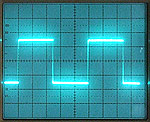
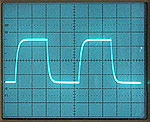
Absolute phase:
Correct
Harmonic distortion:
0.002% @ 1kHz, 50% full scale (-6dBFS)
0.012% @ 1kHz, 10% full scale (-20dBFS)
0.87% @ 1kHz, 0.1% full scale (-60dBFS)
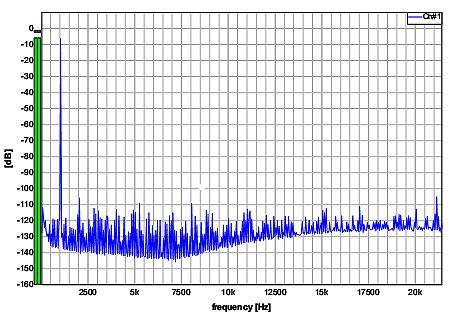
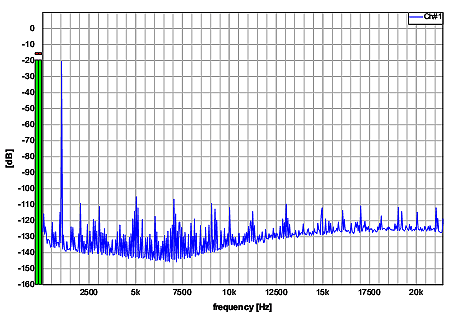
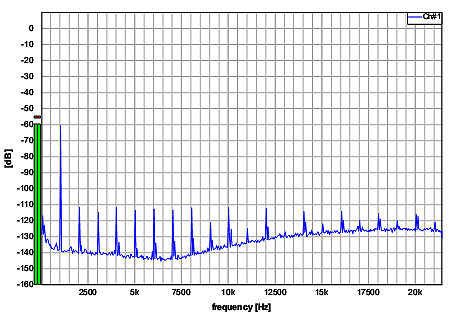
Intermodulation distortion:
0.009%
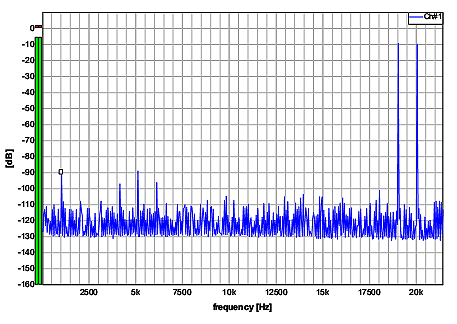
Mains voltage:
220-240VAC / 50-60Hz, IEC (C14) connector
110-120VAC / 50-60Hz also available
Dimensions (W x D x H):
431.5 x 320 x 102 mm (including knobs, connectors and legs)
431.5 x 278 x 78 mm (excluding knobs, connectors and legs)
Net Weight:
Approx. 9 kg
2019:
Jensen output coupling transformers are replaced by toroidal units, designed for our needs by Menno van der Veen and produced by Trafco.
2015, MkIII:
Instead of two S/PDIF inputs, the MkIII version has one S/PDIF and one direct PCM input, which supports I2S and Philips simultaneous data protocol.
Mains transformers are improved.
2012, MkII:
Black Gate capacitors are replaced with Rubycon and polyphenylene sulfide/ polystyrene / Elna Silmic capacitors.
Mains transformers do not use the outer shields (cans) anymore.
2009:
Jensen output transformers JT-11-EMCF are replaced with JT-11-BMCF.
Riken Ohm signal resistors are replaced with Allen Bradley, for their sweeter tone and quieter presentation.
Panasonic FC supply capacitors are replaced with Panasonic FM.
Recommended topics:
TDA1541A simultaneous data mode
Transformer coupling pros and cons
Model S users’ reviews at:
audio.codexwilkes.com/audial-model-s.html
www.audioasylum.com/audio/digital/messages/14/149651.html
theaudiostandard.net/thread/429/audial-model-dac
www.changstar.com/www.changstar.com/index.php/topic,2452.0.html

